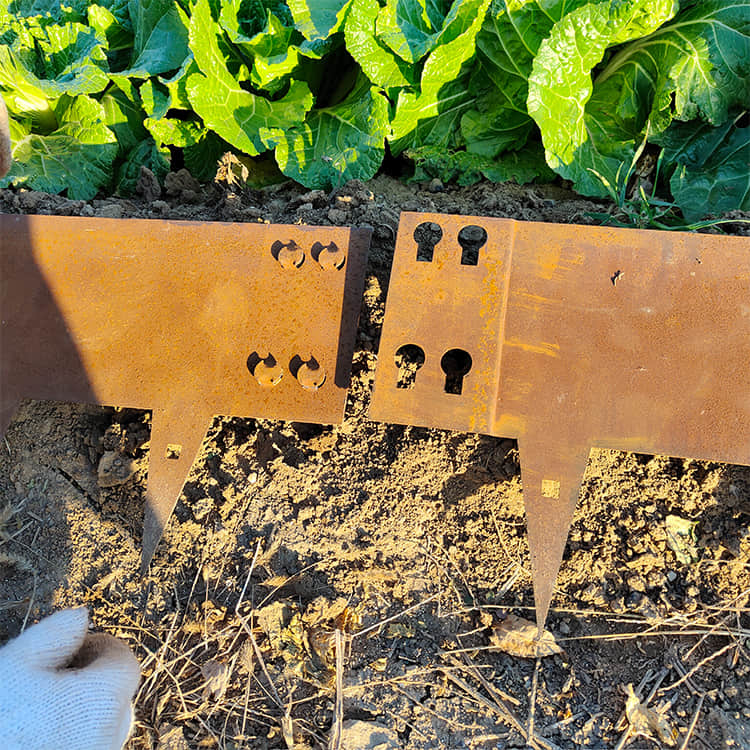In the post-printing process of digital printing, since the digital printing products have different characteristics from the traditional printing products, there are many places that need attention. In the current edition of Beijing Zhixian Tuofang Science and Technology Development Co., Ltd., the teacher of the post-print department, Yang Qinghong, provided readers with 3 experiences.
Experience one: It is not appropriate to film immediately after printing
Process Description: The film is a printed matter that covers the surface of the printed matter with a plastic film to form a paper-plastic one. A layer of transparent plastic film covers the printed surface to enhance the brightness of the printed surface, and it is resistant to wear, water, heat, and dirt.
Description of the problem: After the film is coated on a digital printing product, the printing product will appear blistering. This is because the ink layer in the digital printing usually contains silicone oil, and the adhesive cannot normally penetrate the ink layer.
Solution: Adjust some of the processes in the digital printing production process, try to allow the printed products to be placed on the film after printing for a period of time.
Experience 2: Die-cutting, indentation emphasizes precision
Process Description: The specific use of paper or paperboard in accordance with a certain specification, with a knife cut into a certain shape of the method of die-cutting; the use of steel wire according to a certain size, in the paper or cardboard impressions in order to use this impression to put the paper Or cardboard bending, this method is called indentation.
Description of the problem: At present, with the development of personalized products, small quantities, and variable requirements for packaging products, some packaging products are also digitally printed. The bending and indentation of packaging products need to be achieved by die cutting and indentation processes. The unacceptable problems of die-cutting, indentation common specifications, skewed or overlapping finished products, etc. are mostly related to inaccurate dimensions.
Solution: Computation size, etc. must be calculated strictly in accordance with the customer's processing requirements, and a real sample should be made for measurement and review so as to avoid the use of errors and cause greater losses.
Experience 3: The temperature of hot melt adhesive must be mastered
Process Description: Binding is to print a good paper, including illustrations, covers, etc., according to the different specifications of the original folded into a signature, after the flattening, gluing, cutting and a series of processing procedures, and finally made into a book process. The process is simple, the technology is mature, the cost is low, and the binding efficiency is high.
Description of the problem: The quality of the bookbinding is directly related to the quality and appearance of the books and periodicals. Excessive temperatures may cause aging of the rubber compound and no effect. The temperature is too low, and problems such as stickiness and paper jam may occur.
Solution: When using hot melt adhesive, heat the hot melt adhesive to a certain temperature before production, generally controlled between 150 ~ 200 °C, the best temperature is 170 ~ 180 °C and to maintain the temperature stability.
Reproduced from: newmaker
Flexible garden edge Flexible to create the shapes you want, from intricate curves to endless straight lines, even right angle bends without a cut and join. At thesame time, it is cost-effective, wide range of applications, installation is very convenient.Stainless steel garden edge is stronger than aluminium and traditional plastic edging materials. It holds its shape for many years. It also has high strength, good quality, weather resistance and durability. size can be customized, it is not only beautiful but also good concealment after installation.The retaining plate is a temporary retaining structure to prevent the collapse of the earth in the trench and foundation pit.Garden fences can be made of cast iron, sturdy, and decorated with green vines, which can be very beautiful.The use of fence is very wide, fence network is often used for boundary isolation or regional division, regional protection.Widely used in: industry, agriculture, animal husbandry, forestry, highway, railway, national defense, airport, port, municipal fence, greening, grassland, orchard and other sites of isolation and protection of the fence net.

Stainless Steel Garden Edging,Stainless Steel Lawn Edging,Stainless Steel Edging Landscape,Stainless Steel Garden Edging Strip
Henan Jinbailai Industrial Co.,Ltd , https://www.gardensteelarts.com